Category: Other Livestock
-
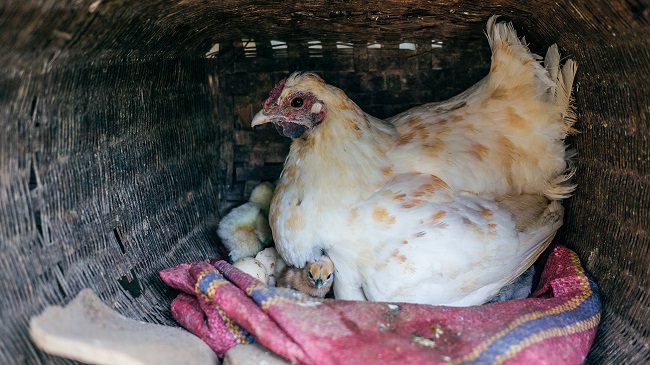
The Best Chicken Breeds for Your Backyard
There are many chicken breeds throughout the world, including several dozen domestic chicken breeds from hybrids to heritage lines. Different types of chickens are raised for different purposes, from show animals to meat birds to egg laying chicken breeds. There are many chicken varieties, and all lay eggs, but only a handful are in the […]
-
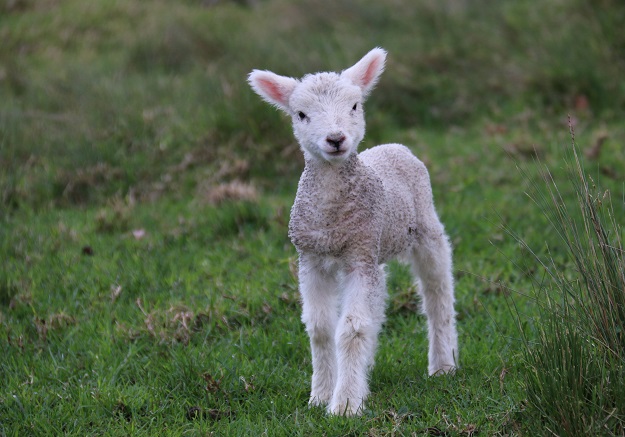
The Importance of Colostrum for Newborn Lambs
Colostrum is that yellow secretion given by the ewe for the first twenty-four hours after lambing. The three main functions of colostrum include: Nutritional, protective, and laxative. The nutritional point of colostrum is due to the highly concentrated nutrients such as proteins, sugar, fats, minerals, and water which are easily and rapidly absorbed in the […]
-
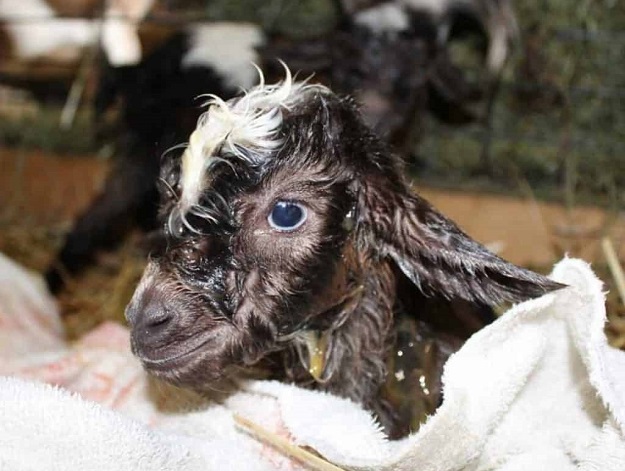
10 Steps to Eliminating Hypothermia in Newborn Goats
Hypothermia or birth chill is one of the main killers of baby goats. It is when a newborn kid has been exposed to the wind, cold, and has not been cleaned and dried by their doe or has not eaten soon enough after birth. It can happen in the summer as well as winter. In […]
-
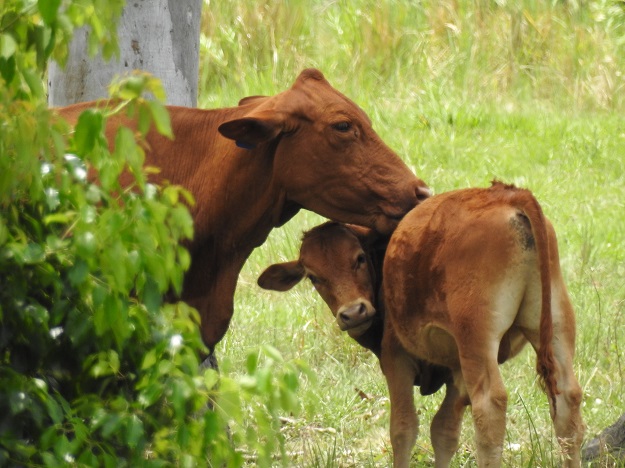
3 Major Causes of Calving Emergencies in Beef Cattle
Calving difficulty, technically called dystocia, is a major cause of death loss in cow-calf herds. CHAPA (Cow/calf Health and Productivity Audit) studies indicate that dystocia is responsible for 33 percent of all calf losses and 15.4 percent of beef cattle breeding losses. Dystocia can have a large economic impact on producers due to calf death, […]
-
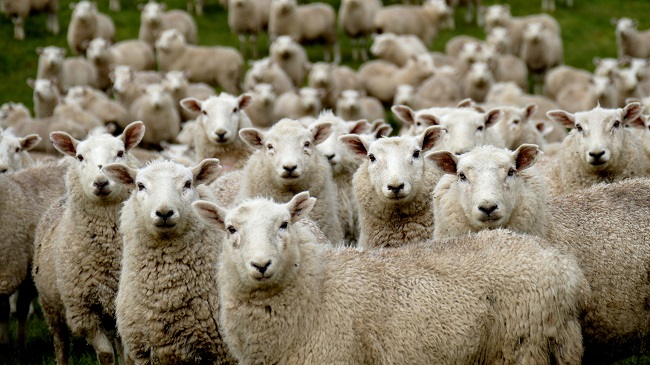
3 Types of Sheep Behavior
Behavior in an animal is defined as its response to its environment. A basic understanding of sheep behavior will make raising and handling sheep less stressful for both the sheep and shepherd. It will also dismiss the notion that sheep are a stupid animal. Flocking Behavior Sheep are best known for their strong flocking (herding) […]
-

How Body Condition Scoring Helps Dairy Herd Management
Body condition scoring is a method of evaluating fatness or thinness in cows according to a five-point scale (also done on an eight-point scale in some countries) and using the score to fine-tune dairy herd nutrition and health. On a five-point scale, a score of 1 denotes a very thin cow, while 5 denotes an […]
-
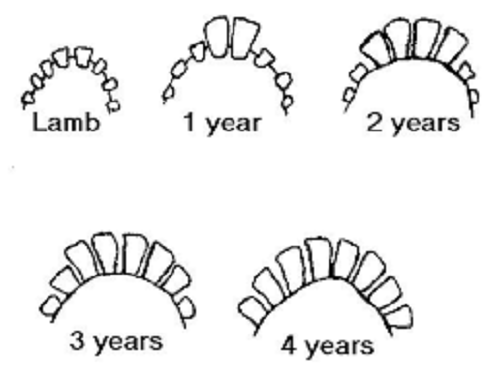
How to Tell the Age of Sheep and Goats
The age of your animals can be determined by examination of their front teeth. Although you will not be able to determine the exact age, especially in older animals, a close approximation can be determined. Young animals, like children, have temporary or milk teeth which will be replaced by permanent teeth. Young ruminants have 20 […]
-

How Vitamins and Minerals Affect Dairy Cow Health & Fertility
Proper mineral and vitamin supplementation in dairy cattle feeding programs is essential to animal health and performance. Optimum feeding of the animal means that the individual nutrients such as vitamins and minerals must be supplied in the right quantities and proportions, since interactions between individual substances may influence their availability and utilization. Vitamins A, D […]
-
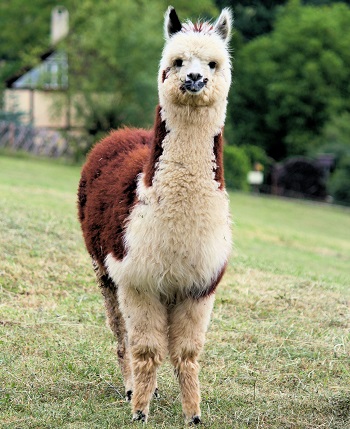
How to Identify and Help Prevent Alpaca Stomach Ulcers
Stomach ulcers are not uncommon in alpacas and they can easily lead to death, so it is important to prevent this alpaca disease. Unfortunately, alpacas are stoic, and it is hard to know that your alpaca is developing an ulcer until they are well advanced. Death occurs because the ulcer has penetrated the stomach wall […]
-

12 Fascinating Facts About Reindeer
Reindeer are prominent in our holiday music and images. They pull Santa’s sleigh, have names, and can fly. But how much do you really know about this northernmost deer species? Reindeer in North America are called caribou They are a species of deer that are found in the Arctic tundra and adjacent boreal forests of Greenland, […]